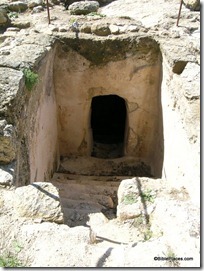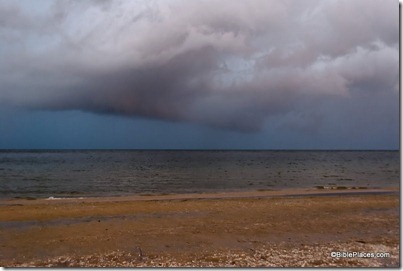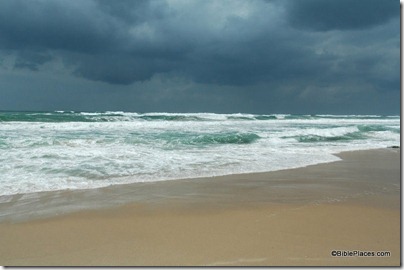A biblical archaeology program will be offered on Sunday, February 26 from 9:30 am to 3:30 pm at the American Jewish University in Los Angeles. The scheduled lectures are as follows:
Andrea M. Berlin, The Great Becoming: What Does Archaeology Reveal about Early Judaism?
John J. Collins, Apocalyptic Judaism and the Birth of Christianity
Isaiah Gafni, How Common was “Common Judaism” Before and After the Emergence of Christianity?
Steven Fine, Underground Traditions: Archaeology and The Unknown Arts and Esoteric Lore of Late Antique Judaism (70 CE-600 CE)
Full details, including an abstract for each of the lectures, is available at the university’s website. The
$50 registration fee includes lunch.
HT: G. M. Grena




